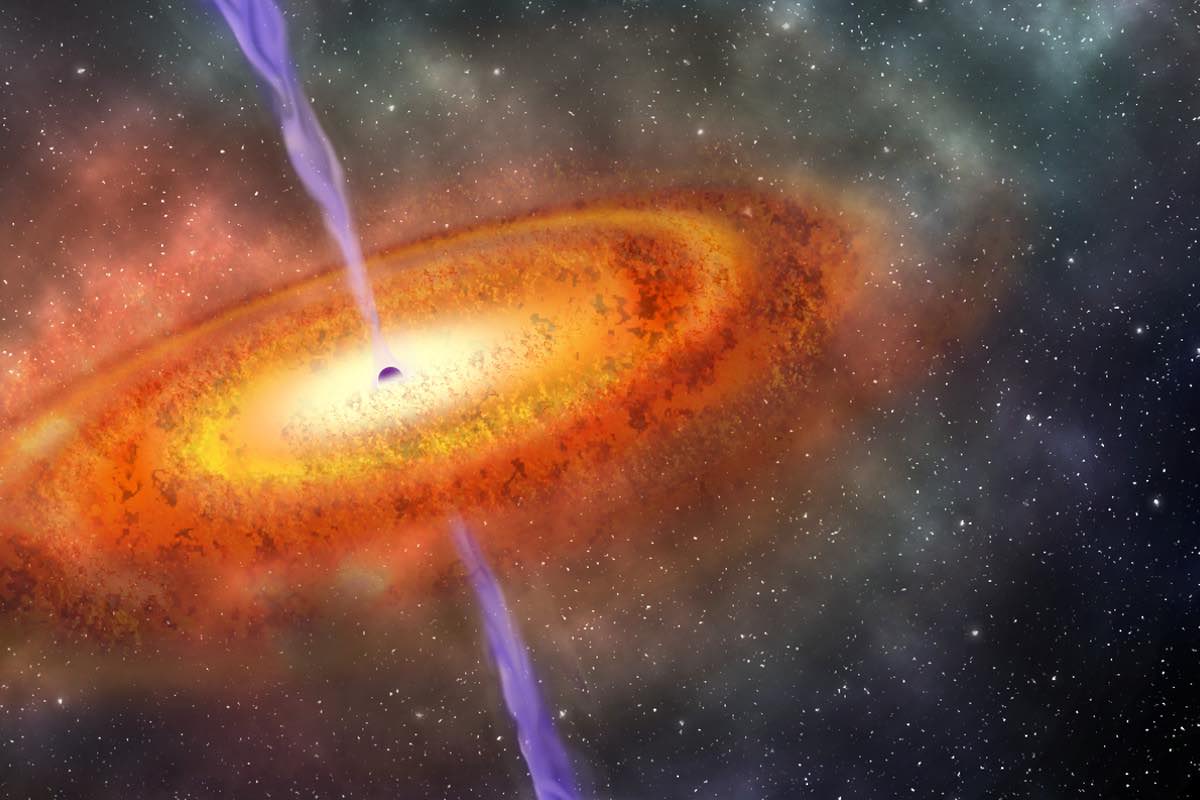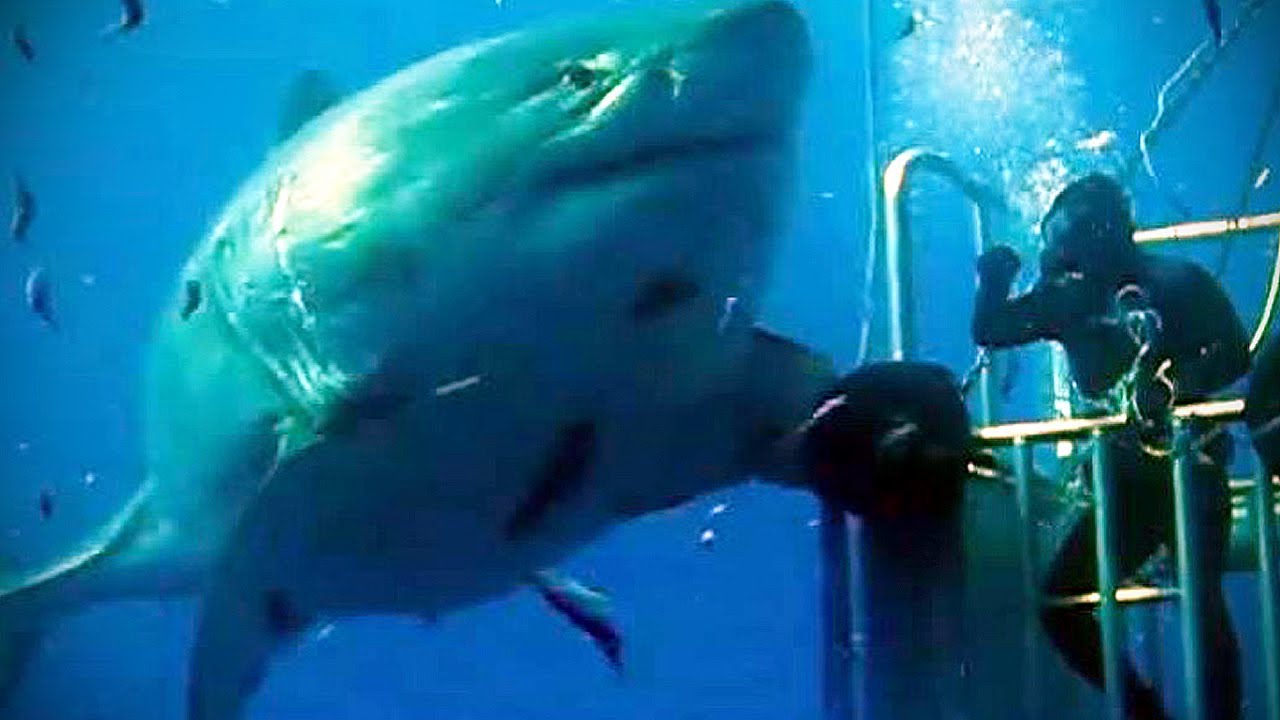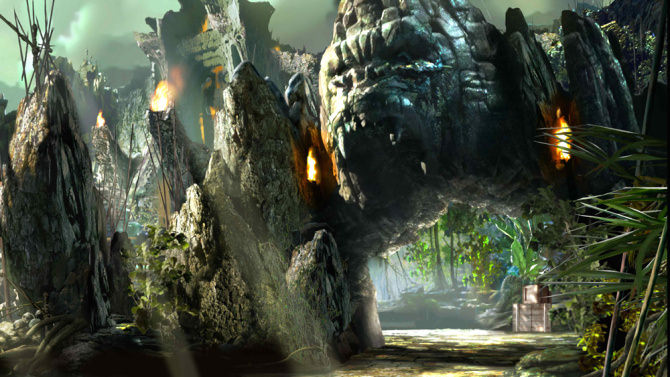
Most Massive Black Holes Ever Found in the Universe Discovered 3.5 Billion Light Years Away.
Thanks to data collected by NASA’s Chandra X-ray telescope on galaxies up to 3.5 billion light years away from Earth, an international team of astrophysicists was able to detect what is likely to be the most massive black holes ever discovered in the universe. The team’s calculations showed that these “ultramassive” black holes are growing faster than the stars in their respective galaxies.
In their search for black holes, the two lead authors of the article published in Monthly Notices of the Royal Astronomical Society – Julie Hlavacek-Larrondo, professor in the Department of Physics at Université de Montréal, and Mar Mezcua, postdoctoral fellow at the Institute of Space Sciences in Spain – studied 72 galaxies located at the centre of the universe’s brightest and most massive galaxy clusters.
“A black hole is an invisible celestial object whose gravitational pull is so strong that neither matter nor light can escape it – it swallows everything in its path like a bottomless vortex,” explained Professor Hlavacek-Larrondo, who also holds the Canada Research Chair in Observational Astrophysics of Black Holes. “A black hole is most often created when a massive star dies and collapses on itself. The most fascinating thing about black holes is how they distort time around them. According to Einstein’s theory of relativity, time flows more slowly in strong gravitational fields, like those of these gargantuan celestial objects.”
The team of astronomers calculated the masses of black holes detected in these galaxy clusters by analyzing their radio wave and X-ray emissions. The results showed that the masses of ultramassive black holes are roughly 10 times greater than those originally projected calculated using a different method which assumes that black holes grow in tandem with their galaxies. Furthermore, almost half of the sample’s black holes are estimated to be at least 10 billion times more massive than our sun. This puts them in a class of extreme heavyweights that certain astronomers call “ultramassive black holes.”
“We have discovered black holes that are far larger and way more massive than anticipated,” Mezcua pointed out. “Are they so big because they had a head start or because certain ideal conditions allowed them to grow more rapidly over billions of years? For the moment, there is no way for us to know.”
“We do know that black holes are extraordinary phenomena,” Hlavacek-Larrondo added, “so it’s no surprise that the most extreme specimens defy the rules that we have established up until now.”
The destructive force of ultramassive black holes
Galaxies are not necessarily safe from these celestial behemoths lurking at their centres. The higher a black hole’s mass, the greater its power. It sucks in all surrounding matter, like stars, then flings some of it back out in energized jets powerful enough to destroy much of its host galaxy. “It would be like a mini, galaxy-sized Big Bang,” said Hlavacek-Larrondo.
“But there’s no need to worry about our own galaxy,” she continued. “Sagittarius A, the Milky Way’s supermassive black hole, is a bit boring. It’s not very active, much like a dormant volcano. It sucks up little matter and probably wouldn’t be able to produce destructive high-energy jets.”
Why study black holes billions of light years away?
Professor Hlavacek-Larrondo focuses her work on black holes in distant galaxy clusters to show that such objects have been significantly impacting their galactic neighbourhoods and the entire universe for billions of years.
“They are the most powerful objects in the universe, and they are anything but quiet,” she said. “Galaxies are the building blocks of our universe, and to understand their formation and evolution, we must first understand these black holes.”













